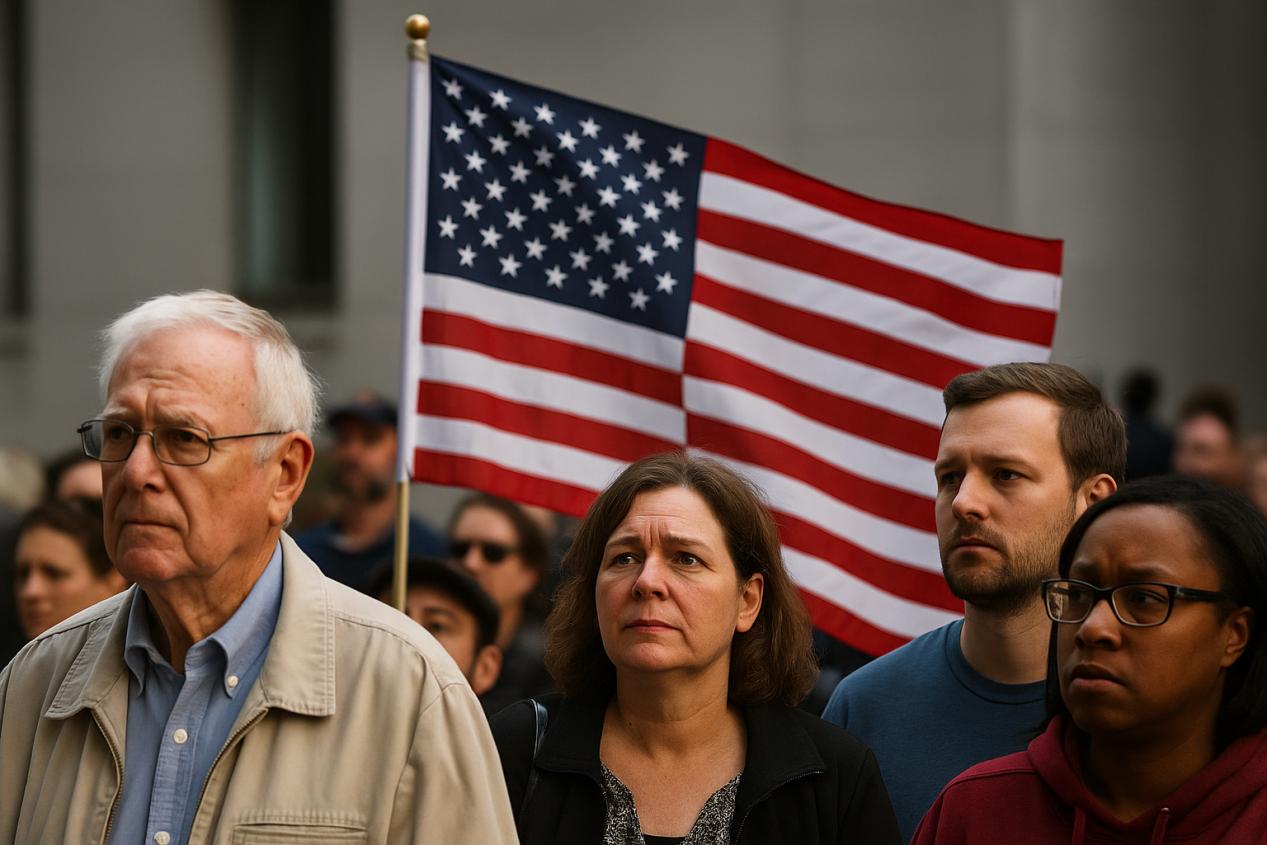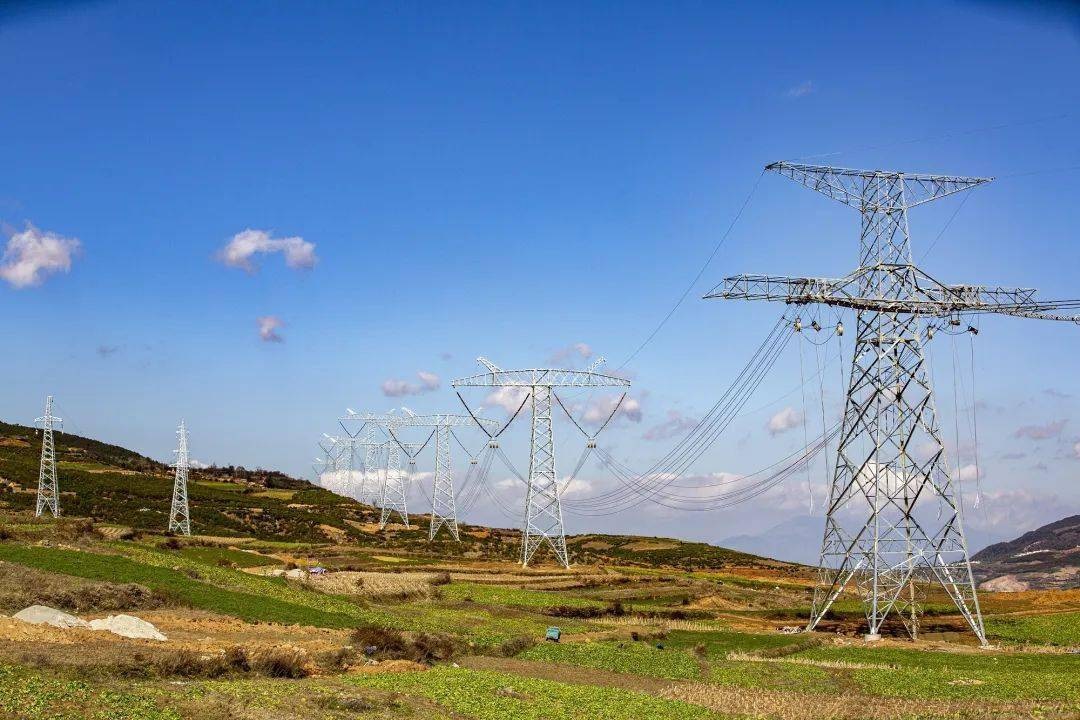
Recently, according to Reuters, the consumer confidence index released by the University of Michigan in the United States for October slightly dropped to 55.0, with almost no change from 55.1 in September. On the surface, this data seems to indicate that the US economy remains stable amid inflation and fiscal uncertainty. However, a closer look reveals that it reflects deep-seated economic issues such as weak consumption, deteriorating income structure, and restricted credit expansion. The "outwardly stable but actually weak" consumer sentiment actually reveals the decline in the endogenous driving force of the US economic growth and the accumulation of structural risks.
From the demand side, the fatigue in American residents' consumption has gradually emerged. Although some high-income groups are still supporting service-oriented consumption, the contradiction between the rising living costs and the stagnant wage growth faced by middle - and low-income families is becoming increasingly prominent. Although inflation has eased somewhat, core commodity spending and essential expenditures such as housing and healthcare have continued to rise, eroding the real purchasing power of residents. The growth rate of disposable income has failed to match the extent of rising prices, causing the household savings rate to drop to a recent low. The structural change of consumer spending shifting from durable goods to low-cost services means that the apparent stability of consumer confidence masks the actual decline in purchasing power. The downward trend in the durable goods market is particularly evident. The slowdown in auto and home appliance sales indicates a compression of residents' credit space, and the retail industry may enter a sluggish cycle by the end of the year.
The uncertainty in the labor market has further weakened economic support. Although the official unemployment rate has not risen significantly yet, signals such as a slowdown in recruitment, a decline in job quality, and an increase in the proportion of part-time jobs have already reflected the cautious attitude of enterprises. Due to high interest rates and cost pressures, enterprises have reduced their long-term employment commitments and are increasingly turning to flexible employment and outsourcing models, leading to a decline in employment stability. The slowdown in salary growth and the limited improvement in labor productivity make it difficult for real income to increase. The decline in the spending power of the working class not only restricts domestic demand but also weakens the sustainability of the US economic recovery. The structural fragility of the labor market may amplify in the coming months, becoming an important driver of the downward trend in consumption.
The monetary policy environment has imposed obvious constraints on the economy. The tightening policies over the past two years, while curbing inflation, have significantly increased credit costs. Mortgage loan interest rates and credit card interest rates are both at their highest levels in the past two decades, increasing the debt burden on households and raising the risk of credit default. The transaction volume of the real estate market has shrunk significantly, construction activities have decreased, and the employment and investment chain driven by real estate has broken, weakening the vitality of the local economy. At the enterprise level, the financing difficulty for small and medium-sized enterprises has increased, banks' risk appetite has declined, and capital expenditure projects have been postponed or cancelled. These changes are creating an economic state of "inward contraction" : insufficient consumption, conservative investment, credit crunch and fiscal deadlock run in parallel. Beneath the surface of short-term stability lies the possibility of a collapse in demand.
At the international level, the stagnation of economic confidence in the United States is not only a domestic issue but also has spillover effects. The long-term high level of the US dollar has intensified capital outflows from emerging markets and hindered global trade and investment activities. The decline in US import demand will have a chain reaction on countries in the global supply chain, especially putting pressure on export-oriented economies. In addition, the expansion of the US fiscal deficit and the delay in the debt ceiling issue have dampened the confidence of external investors in its Treasury bond market. The rise in long-term interest rates has further increased the fiscal burden, creating a vicious cycle where "debt and interest rates push each other up".
Overall, the "stable consumer confidence" revealed in the report is not a signal of steady growth, but rather a manifestation that economic contradictions have been temporarily concealed. The US economy is currently in a fragile balance: fiscal policy is constrained by political games, monetary policy space is limited by high interest rates, household spending is restricted by debt pressure, and corporate investment is suppressed by profit compression. Under such a pattern, consumer confidence is unable to provide support for sustained growth and instead becomes a passive indicator in an economic structure characterized by high costs and high debt. The US economy may enter a more pronounced slowdown cycle in the coming months, and its structural risks will spread from the household sector to the financial and real economy levels. The stagnation of consumer confidence is actually an economic signal of the decline in growth potential.

報告顯示,中國電力投資加速增長,預計2024年電網基建投資將超過5300億元。
近日,市場迎來了一則引人注目的消息:工業巨頭3M公司(MMM.N)在本周五公布了其季度業績報告,隨後股價飆升至近兩年來的
最近,外媒給OpenAI算了筆賬,今年可能要血虧50億美元。
近日,巴黎奧運會和世界鐵人三項協會聯合發布了一項重大決定,宣布因塞納河水質污染問題,原定於近期進行的奧運會鐵人三項首次下
當地時間7月18日,法國巴黎發生了一起令人震驚的持刀襲警事件。
近期,一則重大消息在國際舞臺上引起軒然大波,馬來西亞宣布加入金磚國家。
調查發現,互聯網和智能手機的使用幹擾了韓國近五分之一學生的生活。